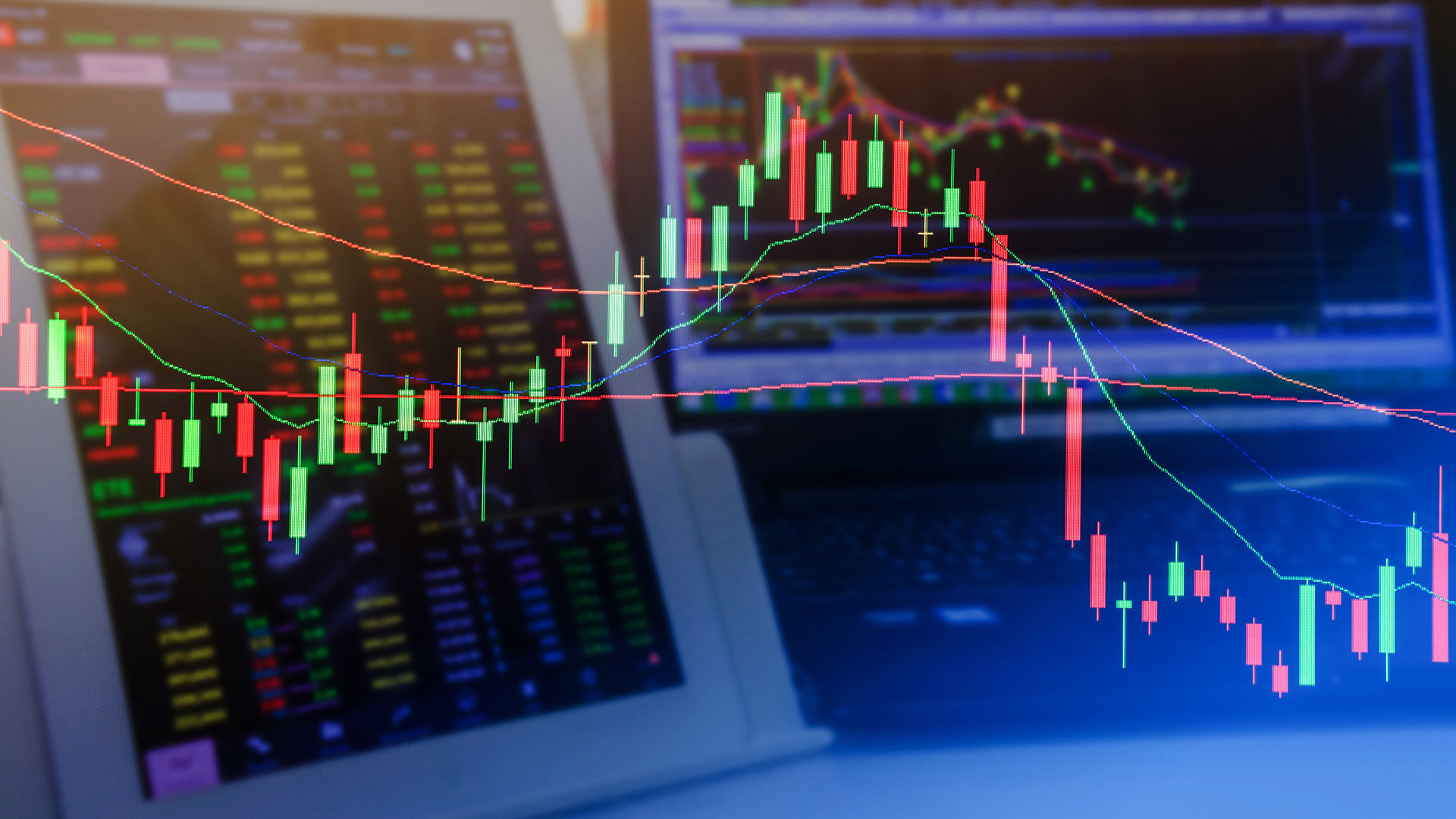Amid volatility in the commodity markets, treasurers find themselves in a unique position where they can lead their organisation’s commodity risk programme. In the past they may have lamented that it was too difficult to bring everyone together, but these days companies are taking action.

Corporate treasurers have typically felt frustrated when they attempted to hedge commodity risk, but that is beginning to change as market volatility has brought the issue to the fore. “Commodity hedging has always been an area where treasurers have been consistently saying there is a role for them to play, but it has been so hard for them to get the right people to the table,” says Amol Dhargalkar, Managing Partner, Global Head of Corporates, and Chairman of Chatham Financial, which specialises in managing financial risk.
Things have changed over the last year, however. As the world recovers from Covid, there have been various shocks – such as oil price hikes, the war in Ukraine and the impact of sanctions on Russia, for example.
“In the last year we have seen more companies take action on their commodity price risk programme,” says Dhargalkar. “Rather than lamenting about how hard it is to get everyone to the table, they are now getting to the table, putting a game plan together and executing it,” he explains. “It is quite an exciting time as it is allowing treasurers to expand their skill set and make themselves more valuable to their organisation,” he adds.
In a recent survey of treasury and accounting professionals, Chatham Financial found that 42% of the respondents said their companies do not have a commodity risk policy in place. And for those that do have one, only 32% found their company’s plan to be clearly understood, easily defined and well-implemented.
Part of the issue is that managing commodity risk is a team sport – it’s not just about treasury. Unlike rates hedging, for example, which would fall solely in their domain, commodity risk hedging involves many others such as counterparts in the procurement and supply chain teams. “Lots of siloes need to come together to understand the risk and determine the right strategy,” says Dhargalkar.
These people also need to take their time, and not make kneejerk decisions based on the current volatility in the market. A treasurer, for example, could see that oil is spiking and react by putting hedges in place without speaking to any other teams. Meanwhile, someone else in procurement could have done a hedge with their supplier programme, which means that the company has a double – and unnecessary – hedge to the same exposure. Rather than jumping straight into taking action, Dhargalkar advises that companies spend more time in the planning phase and understanding where the exposures really lie and who is managing them.
He emphasises that the right way to go about it is to take a step back and put in the time and energy. Rather than being swept up by the current volatility they should be patient and implement something that is robust from the outset.
Many parties need to be involved and in alignment – for example, accounting, procurement, and senior business leaders – and the treasurer could be the one to bring them together. “The treasurer sits in this unique spot of seeing the risks and how they manifest on the liquidity and financial results of the company,” says Dhargalkar. While they may not be chairing the risk committee, they have a key role to play in of bringing the people together, of doing the modelling and the analytical work. “They have to speak different languages,” he notes, explaining that they have to speak to procurement, to accounting and senior management. In this respect, “treasurers have the highest requirement to be multilingual,” he adds. And in this time of volatility, their organisations need these skills now more than ever.